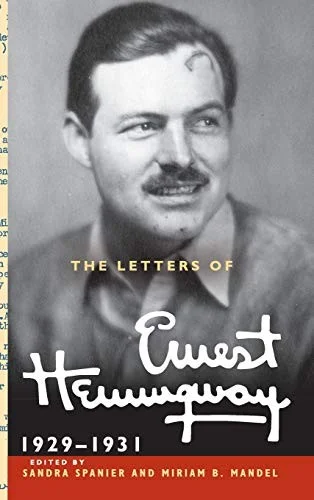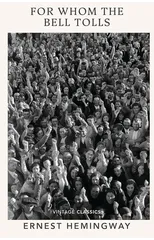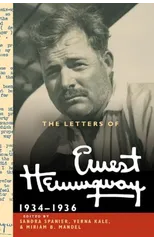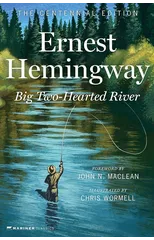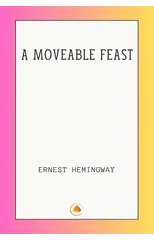The Letters of Ernest Hemingway
Volume 4, 1929–1931
(Author) Ernest HemingwayThe Letters of Ernest Hemingway, Volume 4, spanning April 1929 through 1931, featuring many previously unpublished letters, records the establishment of Ernest Hemingway as an author of international renown following the publication of A Farewell to Arms. Breaking new artistic ground in 1930, Hemingway embarks upon his first and greatest non-fiction work, his treatise on bullfighting, Death in the Afternoon. Hemingway, now a professional writer, demonstrates a growing awareness of the literary marketplace, successfully negotiating with publishers and agents and responding to fan mail. In private we see Hemingway's generosity as he provides for his family, offers support to friends and colleagues, orchestrates fishing and hunting expeditions, and sees the birth of his third son. Despite suffering injuries to his writing arm in a car accident in November 1930, Hemingway writes and dictates an avalanche of letters that record in colorful and eloquent prose the eventful life and achievements of an enormous personality.
Ernest Hemingway
Ernest Hemingway (1899-1961) was an American novelist, short story writer, and journalist known for his distinctive writing style and portrayal of masculinity. His most notable works include "The Old Man and the Sea," "A Farewell to Arms," and "The Sun Also Rises." Hemingway's writing is characterized by its spare prose, realistic dialogue, and emphasis on themes of war, love, and loss. He is credited with revolutionizing the modern American novel and influencing generations of writers with his minimalist approach to storytelling. "The Old Man and the Sea," a novella about an aging fisherman's struggle with a marlin, remains one of Hemingway's most famous and enduring works, winning him the Pulitzer Prize for Fiction in 1953 and solidifying his reputation as a literary giant.
